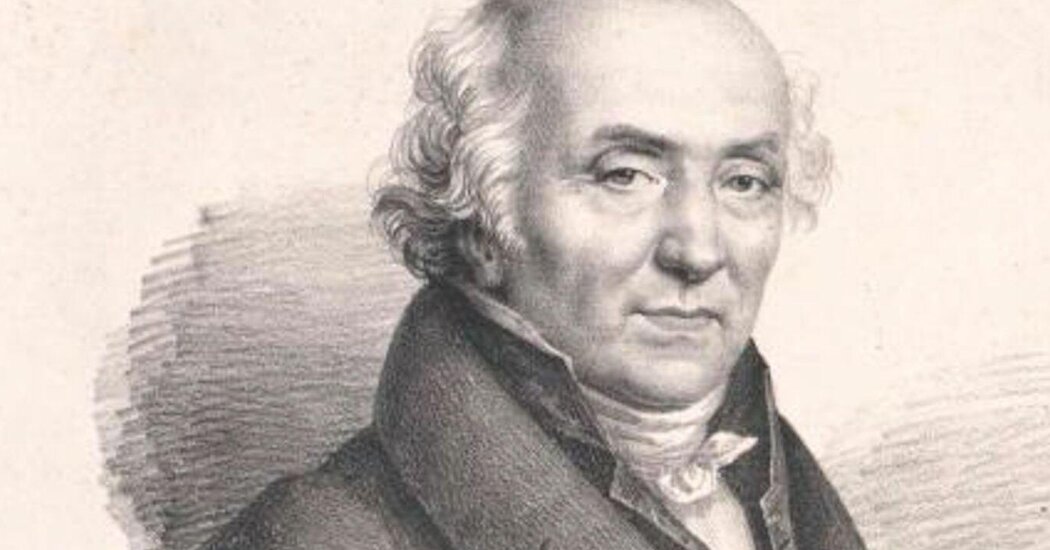
Silicon and Ceramic
In 2001 Ulysse Nardin was the first to use silicon in a watch, called the Freak, creating escapements in the lightweight but extremely hard material, eliminating the need for lubrication. It remains unclear who was the first to make a ceramic watch: Even Rado, often credited for this “first,” says its Rado Ceramic in 1986 was “possibly the first watch in the world with bracelet, crown and case made entirely of this high-tech material.” For Mr. Ghotbi of Phillips, “It was earth-shattering. It was totally novel.” But it wouldn’t be until decades later “that watchmaking adopted ceramic as a cutting-edge new material for cases,” he said. “Today everyone has it.”
All Gold, and More
F.P. Journe made news in 2004 when it became the first (and still the only, it says) manufacture to produce all of its movements in 18-karat rose gold. The independent watchmaker François-Paul Journe already had changed the watch landscape in 1999 with his invention of the tourbillon with constant force wristwatch: “It evens out the distribution of energy from the main spring to the movement” so the watch doesn’t lose accuracy, Mr. Ghotbi said. And in the late 1990s, he began “having people pay up front, at a discounted price, before the watch was made,” Mr. Ghotbi said. “It enabled Journe to become quite well known quite rapidly with enthusiasts.”
Logo
Some firsts are concepts. Bulgari was the first to engrave its logo on a bezel, in this case on its Bulgari Roma watch in 1975, an era when even a socialite like Gloria Vanderbilt was putting her name on the back pocket of bluejeans. Bulgari’s move was a branding coup; it got its name front and center and also made a connection with ancient Rome, having been inspired by coins with the name of the emperor inscribed around the edge. The design continues today in the Bulgari Bulgari collection.
Record-Holders
Firsts help a brand build an identity. When Dominique Renaud and Giulio Papi set up Renaud & Papi in 1986 to create complications for major watch companies, they quickly became known as masters of innovation. The company can boast “56 achievements and patents, including those created by Mr. Papi after the year 2000,” Mr. Renaud said by email. The company was the first to shrink a Grande Complication timepiece, previously only possible in large pocket watches, to a size that would fit in a wrist watch, which they did for IWC. Mr. Renaud left the company in 2000 — it’s now part of Audemars Piguet — and on his own invented a whole new movement with a vibrating, rather than oscillating, balance system to replace the more traditional escapement.
Sculpture
In 2013, Robert Greubel and Stephen Forsey, founders of their namesake Greubel Forsey brand, created the Art Piece 1 featuring a microsculpture by Willard Wigan within the timepiece. It came with a miniature microscope to help the wearer and admirers to appreciate the artwork.






